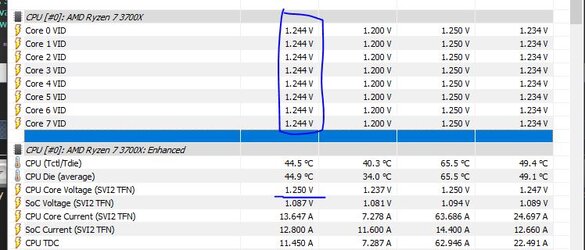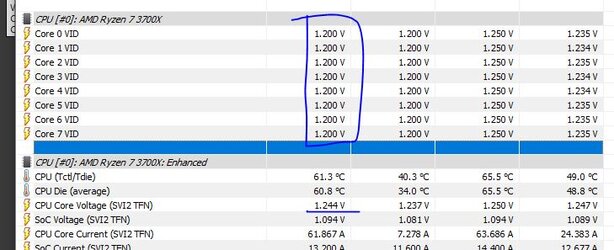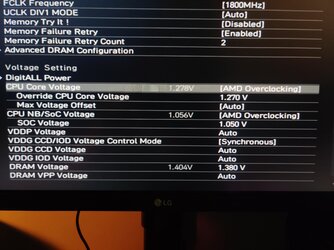Most of us don't try to spread thermal paste. We deposit a blob about the size of a pea in the center of the CPU face and then just clamp the cooler on. The clamping pressure of the cooler will spread the paste between the two flat surfaces without introducing skin oil from fingers. When bolting down the cooler, make sure you turn the mounting screws a little at a time (like one turn) in an "X" pattern to get even pressure. Of course, if this the clip on kind that doesn't apply.
What you want to do if your are content to run at stock frequencies is to manually set the CPU LLC to the next to the highest level. So if 5 is t he highest supplement, set it to 4 as an example. That usually will give a voltage supplement under load that will keep the CPU vcore about the same under load as what you set it to manually.
Turn off the genie.
Manually set a core voltage of say 1.25, save the setting and see if it will boot into Windows. Stress test with OCCT or Realbench for 15 minutes. If it's stable, go back into bios and lower the voltage core by .01 and retest for stability. When you lower the core voltage to the point where you can't pass a 15 minute stress test or it won't complete a boot, then raise it back up. Then do longer stress tests, at least one hour and better, two hours to confirm stability. Increase core voltage by .01 volts until it stable for a long test of 1-2 hours.


